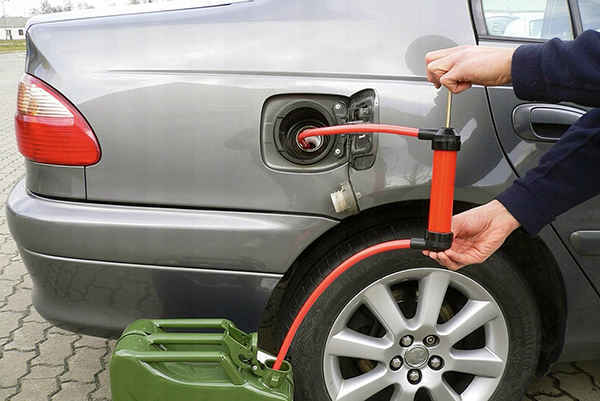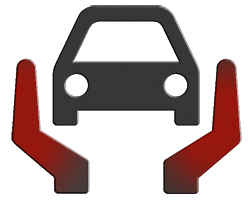What year cars can you siphon gas from?
In most states in the US, siphoning gas from cars without the owner’s consent is illegal and can result in legal consequences. However, historically, older cars with external fuel tanks were easier targets for siphoning gas due to their design.

Here’s a detailed list:
Pre-1970s Cars:
Cars manufactured before the 1970s often had external fuel caps and simpler fuel systems, making them easier targets for siphoning.
Example: Chevrolet Bel Air (1950s model) had an external fuel filler cap, which was common in many cars of that era.
Cars from the 1970s and 1980s:
Some cars from the 1970s and 1980s still had external fuel filler caps, although this design started to become less common as manufacturers moved towards more integrated and secure fuel systems.
Example: Ford Mustang (1980s model) had variations with external fuel caps.
Trucks and Vans:
Older trucks and vans, especially those used for commercial purposes, often had external fuel tanks and caps, which made them susceptible to siphoning.
Example: Chevrolet C/K series trucks (example: the C10) from the 1970s had external fuel caps.
Vintage Cars and Classic Models:
Vintage and classic cars, regardless of the specific decade, may have external fuel tanks depending on their design and restoration.
Example: Ford Model T (early 1900s) had an external fuel tank and cap, reflecting early automotive design.
Legal and Safety Considerations:
- Legal Issues:
Siphoning gas without permission is illegal in most jurisdictions and can result in fines or criminal charges.
- Safety Concerns:
Siphoning gas can be hazardous due to the risk of inhaling fumes or accidental spills, and it may damage modern vehicles with more complex fuel systems.
It’s important to note that advancements in automotive technology have made siphoning gas from newer vehicles increasingly difficult and risky. Always adhere to local laws and ethical considerations regarding vehicle fueling practices.
Historical Context


Early Automotive Days:
In the early 20th century, when cars like the Ford Model T were common, siphoning gas was relatively easy due to simple and exposed fuel systems.
Great Depression Era:
During the Great Depression (1929-1939), gas theft became more common as people struggled to afford fuel. This period saw a rise in siphoning incidents.
Mechanical Aspects
- Simple Systems:
Older cars (pre-1970s) had simpler fuel systems with external filler caps and less complex anti-theft mechanisms, making siphoning easier.
- Rubber Hose Technique:
The most common method for siphoning gas involves using a rubber hose and creating suction to draw fuel out of the tank. This technique has been used for decades.
Legal and Safety Developments
Anti-Siphoning Measures:
By the 1980s and 1990s, car manufacturers started installing anti-siphoning devices, example: screens or valves in the fuel filler neck, to prevent gas theft.
Legal Consequences:
Siphoning gas without permission is considered theft and is illegal in most places. Penalties can include fines, imprisonment, and a criminal record.
Modern Challenges
Complex Fuel Systems:
Modern vehicles often have complex fuel systems with electronic fuel injection and pressurized tanks, making siphoning not only difficult but also dangerous due to the risk of damaging the vehicle.
Environmental Concerns:
Siphoning gas can lead to spills, which are harmful to the environment. Gasoline is toxic and can contaminate soil and water sources.
Interesting Incidents

Survival Situations:
There have been instances where siphoning gas was used in survival situations, example: during natural disasters when fuel supplies were disrupted.
Movies and Pop Culture:
Siphoning gas is a common trope in movies and TV shows, often depicted in scenes involving road trips, heists, or post-apocalyptic scenarios.
Trivia
- DIY Solutions:
Some people have created DIY siphoning kits using household items like garden hoses and air pumps, although this is not recommended due to the associated risks.
- Clever Tactics:
In the past, thieves have sometimes punctured fuel tanks directly to steal gas, which is far more damaging and dangerous than siphoning through the filler neck.
Siphoning gas from cars reflects a mix of historical practices, mechanical ingenuity, and legal evolution. While it has a certain place in automotive lore, it remains an illegal and hazardous activity in modern contexts.












